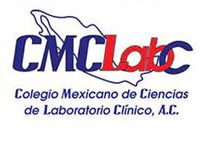Dr Ronda Greaves is the Senior Lecturer in Clinical Biochemistry at RMIT University, Bundoora West Campus. She is the Head of the Clinical Biochemistry Mass Spectrometry Laboratory and is also an Honorary Research Fellow at the Murdoch Children’s Research Institute (MCRI).
Dr Greaves’ main interests focus on specialised paediatric clinical biochemistry, which encompasses endocrinology, gastroenterology and respiratory medicine. She is involved in projects which have an emphasis on harmonisation and standardisation of mass spectrometry measurement procedures. Specific paediatric analytical interests include serum and urine steroids for the investigation of disorders of sex development, environmental and genetic influences of vitamins, and sweat chloride as a function test to diagnose cystic fibrosis. These interests are enhanced through collaborative projects with the Murdoch Children’s Research Institute in Melbourne, and the National Hospital of Pediatrics in Hanoi Vietnam.
Audio Player


















































